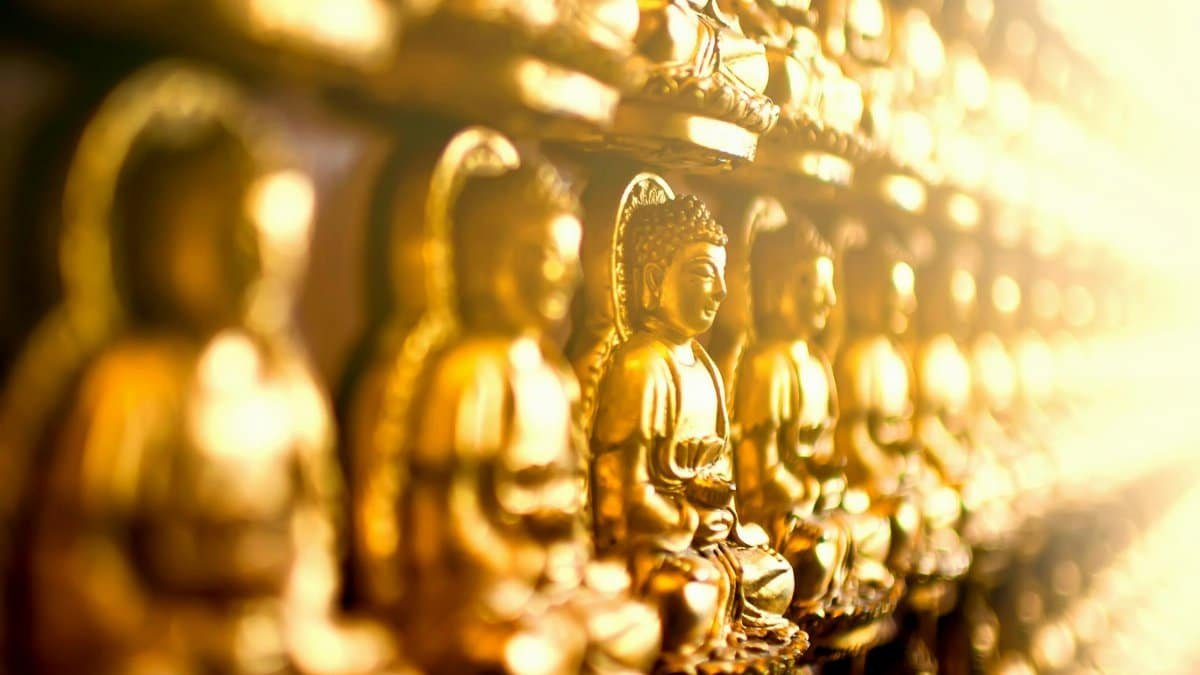As the demands of daily life pile up, from endless work emails to family obligations, more Americans are turning to unconventional methods to sustain their vitality. A recent survey by the National Center for Complementary and Integrative Health revealed that over 18% of U.S. adults now practice some form of meditation, up from just 4% two decades ago, often citing energy restoration as a key motivator. This surge reflects a broader shift toward mindfulness in a culture obsessed with productivity. But what if meditation tips could transform that fleeting afternoon slump into sustained vigor? Far from esoteric rituals, these practices offer practical ways to recharge, drawing on ancient wisdom adapted for modern schedules. In a world where burnout affects nearly half the workforce, according to Gallup polls, exploring such tools feels timely. This piece delves into seven targeted meditation tips designed to boost energy, with a special nod to one that users swear by for quick revitalization.
Tip 1: Start with Breath Awareness

Breath is the unsung hero of our energy systems, often overlooked amid the chaos of commutes and deadlines. Imagine a harried parent in suburban Chicago, pausing amid the morning rush to simply notice the rise and fall of their chest. This basic meditation tip begins there: sit comfortably, close your eyes, and focus on your inhales and exhales for five minutes. It’s not about forcing deep breaths but observing them naturally. Research from the National Institutes of Health shows that such awareness can lower cortisol levels, the stress hormone that drains energy reserves. Over time, practitioners report feeling more alert without the caffeine crash. One anonymous account from online discussions described it as “waking up a dormant battery inside,” a sentiment echoed by many who weave this into their routines. Yet, the real power lies in consistency; skipping days can dilute the benefits, turning a potential energizer into just another forgotten habit.
Building on that, consider how breath awareness intersects with daily movement. Pair it with a short walk, inhaling the crisp air of a fall afternoon, and suddenly energy flows more freely. It’s a subtle shift, but one that counters the sedentary traps of desk jobs. Experts note that this tip works best in quiet spaces, away from digital distractions, fostering a deeper connection to one’s inner rhythm.
Tip 2: Incorporate Grounding Visualizations

“Roots extending into the earth,” a yoga instructor in Seattle once whispered to her class, guiding them through a visualization that left participants buzzing with renewed vigor. This meditation tip involves imagining yourself anchored like a tree, drawing energy from the ground up through your body. Spend ten minutes picturing this flow, perhaps while seated on the floor with palms down. Studies linked from the Mayo Clinic highlight how visualizations reduce fatigue by enhancing mental clarity and emotional stability. For middle-aged readers juggling careers and caregiving, this can feel like a lifeline, pulling scattered energy back into focus.
The beauty here emerges in its adaptability. Try it during a lunch break, envisioning energy rising like sap in spring, and notice how afternoon meetings feel less draining. Some find it pairs well with aromatherapy, a whiff of lavender amplifying the grounded sensation. However, skeptics might dismiss it as fanciful until they experience the tangible lift, a reminder that energy often hides in the mind’s eye.
Delving deeper, this practice reveals tensions between skepticism and science. While anecdotal boosts abound, controlled trials suggest measurable improvements in vitality scores, making it a bridge between tradition and evidence-based wellness.
Tip 3: Use Mantra Repetition for Focus

Repetition has a rhythmic pull, much like the steady beat of waves on a New England shore, drawing listeners into calm. For this meditation tip, choose a simple mantra—say, “energy flows”—and repeat it silently during a brief session. Aim for 10 to 15 minutes, letting the words anchor your thoughts amid distractions. Data from American Psychological Association research indicates that mantra-based practices improve concentration and reduce mental exhaustion, key culprits in energy dips. It’s particularly useful for those in high-stress professions, where focus wanes by midday.
What if the mantra evolves? Some adapt it to personal needs, whispering “strength returns” after a tough workout. This flexibility keeps the practice fresh, preventing it from becoming rote. In conversations with practitioners, one shared how it transformed their commute from draining to invigorating, a small narrative that illustrates broader trends in urban self-care.
Tip 4: Practice Body Scan for Tension Release

Tension hides in plain sight, knotting shoulders and tightening jaws without notice. Enter the body scan, a meditation tip where you mentally sweep from head to toe, noting and releasing tightness. Lie down or sit, spending 15 minutes on this deliberate inventory. Findings from Harvard Medical School, accessible via their health publications, affirm that such scans alleviate physical fatigue by promoting relaxation responses. For readers navigating midlife aches, this can unlock hidden energy pockets, turning stiffness into suppleness.
Picture a teacher in Atlanta, scanning away the day’s stress before dinner, emerging refreshed for family time. It’s not instantaneous, but the cumulative effect builds resilience. Challenges arise when minds wander, yet gently redirecting attention refines the skill, much like honing a craft over years.
Exploring further, this tip intersects with sleep quality. Evening scans often lead to better rest, compounding energy gains come morning—a cycle worth embracing amid America’s sleep-deprived culture.
Tip 5: Harness Midday Mindfulness Breaks

Here’s the standout: Tip #5 recharges you in ways that feel almost magical, yet grounded in routine. Amid the afternoon lull, when energy plummets, carve out a five-minute mindfulness break. Step away from screens, find a quiet spot, and observe your surroundings without judgment—the hum of traffic, the play of light on walls. This pause resets the nervous system, as supported by NIH studies on mindfulness, boosting alertness without stimulants. Users rave about it, one anonymous online share noting, “It’s like hitting refresh on my entire day,” capturing a common recharge that combats the 3 p.m. slump.
Why does it stand out? Its brevity fits packed schedules, yet the impact lingers, fostering sustained focus. Experiment with timing; some prefer post-lunch, others during commutes. The key is presence, letting go of to-do lists to invite vitality back in.
This tip also highlights a paradox: in slowing down, we speed up internally. Reflections from long-term practitioners reveal how it evolves from awkward pauses to essential rituals, reshaping daily energy dynamics.
Tip 6: Integrate Movement with Meditation

Movement and stillness aren’t opposites; they dance together in this meditation tip. Try walking meditation, where each step becomes mindful, syncing breath with strides in a park or hallway. Dedicate 20 minutes to this, feeling energy circulate through limbs. Evidence from the American College of Sports Medicine links mindful movement to enhanced metabolic efficiency, translating to better energy management. For those who fidget in stillness, this hybrid offers an accessible entry.
Observe a retiree in Florida, pacing mindfully along the beach, gathering strength for the day ahead. It’s invigorating, yet calming, a balance that eludes pure exercise. Variations include gentle yoga flows, adapting to fitness levels and keeping energy vibrant.
Tip 7: End with Gratitude Reflection

Gratitude closes the loop, turning inward focus outward. For this final meditation tip, spend evenings listing three things you’re thankful for, tying them to your energy sources. Journal or reflect silently for ten minutes. Pew Research Center data on well-being, found in their social trends reports (noting broader happiness metrics), suggests such practices elevate mood and vitality. It reframes exhaustion as abundance, a subtle shift with profound effects.
In a quiet moment, a New Yorker might note appreciation for a supportive colleague, feeling energy renew for tomorrow. This tip builds emotional reserves, countering cynicism in turbulent times. As with all, patience yields the richest rewards, weaving these habits into life’s fabric for lasting recharge.
